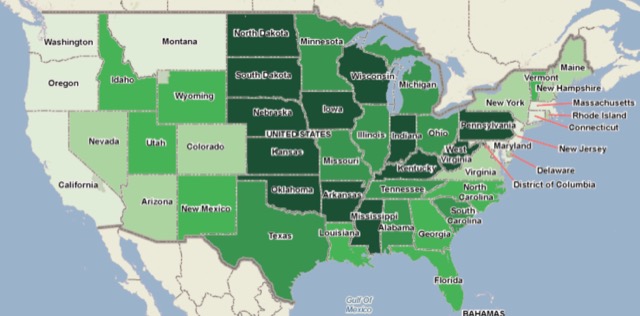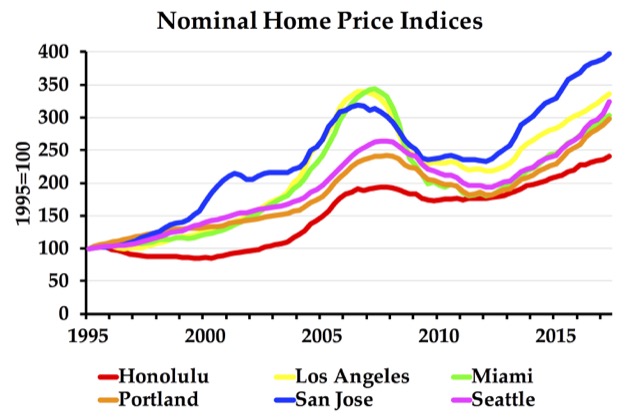In 1976, Boulder Colorado city councilor Paul Danish persuaded the rest of the council to pass a slow-growth ordinance that limited the growth of Boulder to 2 percent per year. Ever since then, it’s been called the Danish Plan. In 1995, the ordinance was modified to reduce growth to just 1 percent per year, and the city of Golden Colorado also passed a similar limit in 1995.
Now Denis Hayes, the Golden resident who persuaded the city pass that limit, wants to extend the benefits of slow growth to the entire Colorado Front Range. His ballot initiative 66, if approved, would limit growth in Adams, Arapahoe, Boulder, Broomfield, Denver, Douglas, El Paso, Jefferson, Larimer and Weld counties to 1 percent per year. After each city or county in the region has issued its quota of building permits in a given year, it would not be allowed to issue any more that year.
“Rapid growth raises the price of land and makes it hard for industry to move in,” says Hayes. “Amazon would be a lot more likely to settle here if we are controlling growth.” Continue reading









